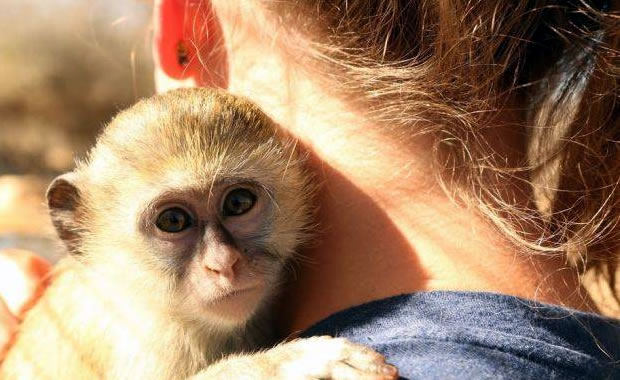Creature Profile
Also called the unicorn whale, the narwhal is a toothed whale found throughout Arctic waters and in the north Atlantic Ocean. It is one of two species of whale in the Monodontidae family (or "White Whale" family), along with the beluga whale. Narwhals are easily recognizable by their long, straight unicorn-like tusk, which is actually an extremely long upper tooth, inspiring legends in many cultures. The tusk can grow up to ten feet in length. It is possible for a female to grow a tusk, and males have been seen with two tusks or no tusk at all. It is believed the tusk is used for either piercing the ice that may cover the ocean above them or during fights between males over females. Adults can reach up to 18 feet in length, and males are slightly larger than females. They can weigh between 1,800 and 3,500 lbs and can live to be 50 years old. Young narwhals are darker in color and become whiter as they get older with some patches. Older narwhals have been seen with a pure white color.
Narwhals generally prefer the deep waters, but are known to search for food at all depths, remaining close to packs of ice in the Arctic. They prefer to live in groups of ten but may form herds with other groups, and herds have been observed with hundreds of whales. Forming these large herds helps with protection from predators such as sharks and orcas. Other predators include polar bears and walruses. When hunting, they move very slowly, searching for fish to eat and also squid and shrimp. They are very vocal, using a clicking or squeaking sound to communicate. Mating occurs between March and May, and the female gives birth to one to two calves after a gestation period of 15.3 months.
The Narwhal is listed as "Near Threatened" with the IUCN. For over a thousand years, narwhals have been harvested by Inuit people in northern Canada for their meat and ivory (from their tusks). Hunting still occurs today, but it is regulated. Some narwhals die by becoming trapped under fast-forming ice, preventing them from forming a breathing hole in the water. Populations appear to be stable, but this species is still vulnerable to climate change due to its narrow geographical range and specialized diet.
Wikipedia Article

|
Wikipedia Article Copyright Notice: This article is licensed under the GNU Free Documentation License. It uses material from the Wikipedia article "Narwhal". |
May 9, 2017
Glenn, C. R. 2006. "Earth's Endangered Creatures - Narwhal Facts" (Online). Accessed 7/26/2024 at http://earthsendangered.com/profile.asp?sp=11411&ID=9.
Need more Narwhal facts?






